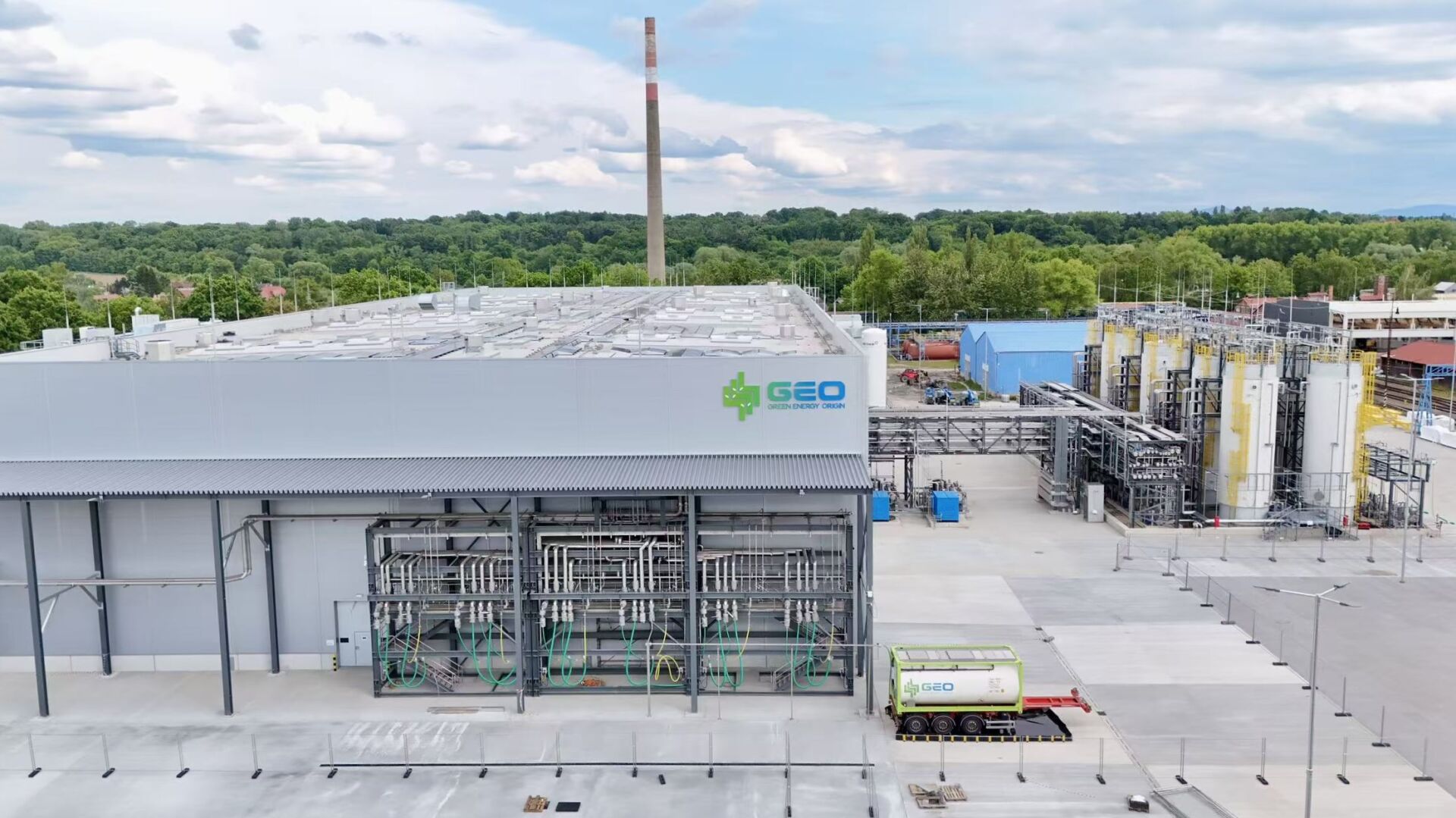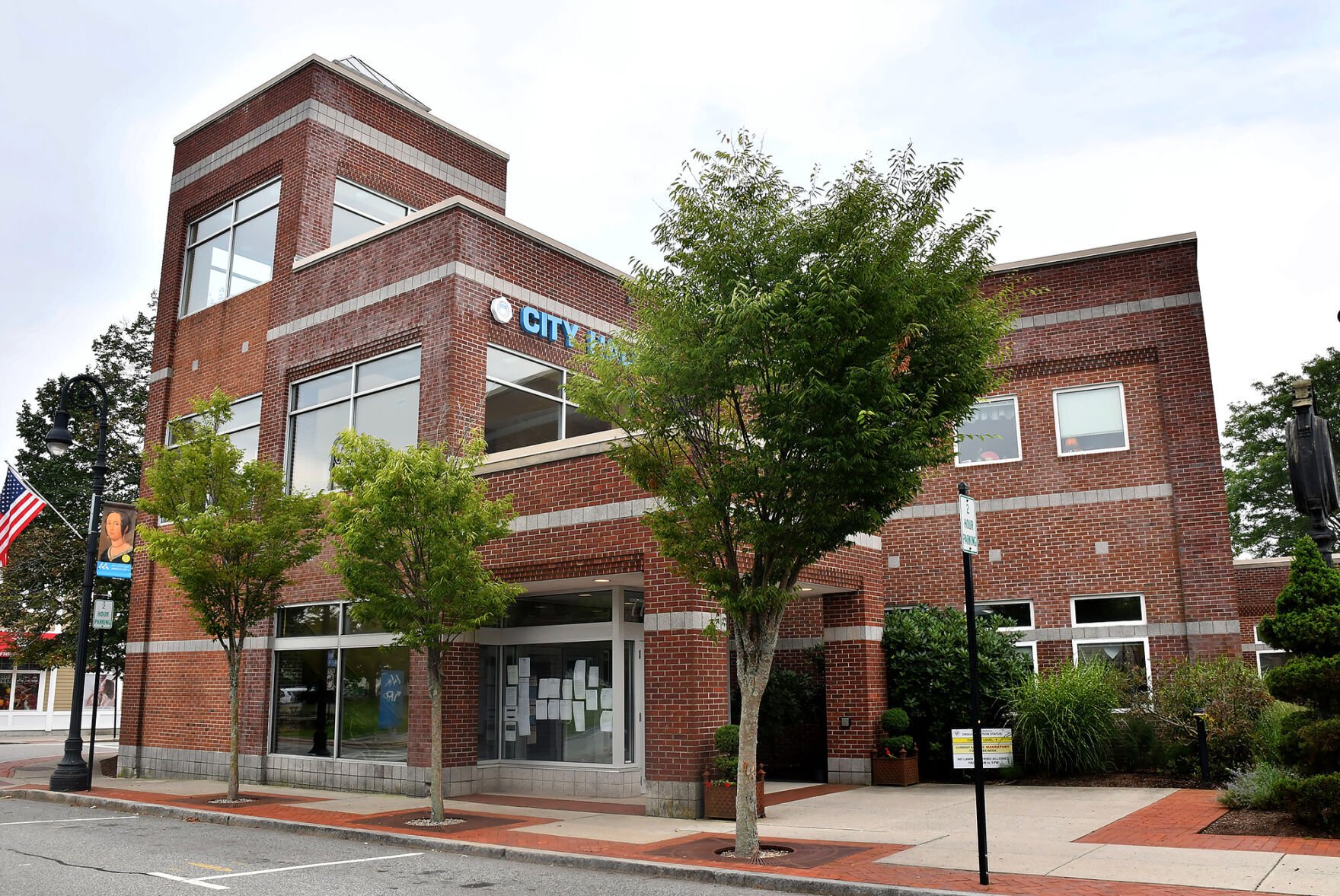Ten years after a devastating 7.0 magnitude earthquake struck Haiti, claiming an estimated 250,000 lives, the nation continues to grapple with the aftermath. The disaster remains one of the deadliest natural events in the history of the Western hemisphere, and Haiti’s recovery journey is far from over.
10 years after massive earthquake, Haiti still recovering
Key Takeaways:
- A massive earthquake struck Haiti on January 12, 2010.
- The quake had a magnitude of 7.0.
- It was one of the deadliest natural disasters in the Western hemisphere.
- An estimated 250,000 people were killed.
- Haiti is still recovering ten years later.
Introduction
On January 12, 2010, a massive, magnitude 7.0 earthquake struck Haiti, forever altering the lives of its people. The quake registered as one of the deadliest natural disasters in the history of the Western hemisphere, leaving a profound impact on the island nation that lingers a decade later.
The Day of the Earthquake
The afternoon of January 12 brought unprecedented devastation to Haiti. The sheer force of the 7.0 magnitude earthquake caused widespread destruction, leveling buildings and infrastructure in mere moments. The capital city and surrounding areas were particularly hard-hit, with countless structures reduced to rubble.
The Human Cost
The earthquake claimed an estimated 250,000 lives, a staggering human toll that sent shockwaves around the world. Families were torn apart, and communities were decimated. The scale of loss made the disaster not only a national tragedy but also a moment of global mourning.
A Decade of Recovery
Ten years have passed since that fateful day, yet Haiti continues to navigate the long road to recovery. The initial aftermath saw an outpouring of international aid and support, but rebuilding efforts have faced numerous challenges. The process has been slow and fraught with obstacles, reflecting the complexity of restoring a nation from such profound devastation.
Enduring Challenges
The lingering effects of the earthquake are evident in Haiti’s ongoing struggles. Infrastructure remains fragile, and many residents still contend with the ramifications of displacement and loss. The journey to rebuild homes, schools, and hospitals is a testament to the resilience of the Haitian people, even as they confront persistent hardships.
Conclusion
A decade after the earthquake that altered the course of Haiti’s history, the nation stands as a symbol of endurance in the face of overwhelming adversity. The continued efforts to heal and rebuild underscore a collective determination to rise above tragedy. As Haiti moves forward, the memory of those lost and the lessons learned remain ever-present, guiding the path toward a hopeful future.











